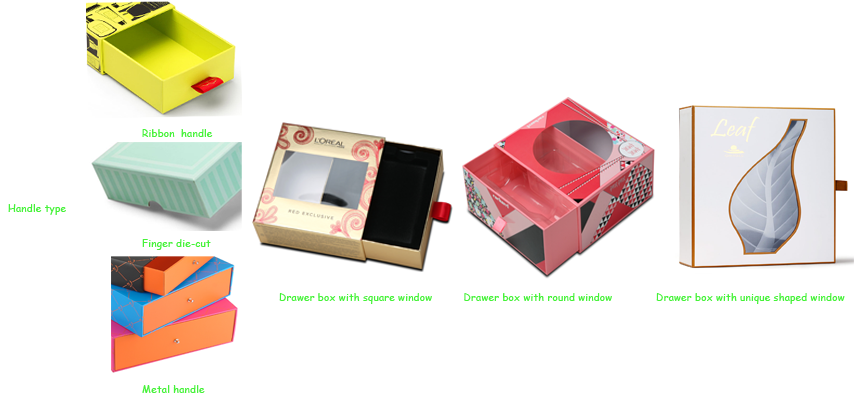First, you can climb 5.12
Nine Laws of Climbing Performance
1. The best way to train climbing techniques is to climb it.
2. Different rock types, angles, and friction characteristics have different climbing techniques.
3. With the exception of a few top-notch climbers, the return on investment in technical training is much higher than that of physical training.
4. For beginner climbers, general fitness training is most effective. (such as running aerobic exercise to reduce fat and unnecessary muscles.)
5. For advanced climbers, climbing specific fitness training is most effective. (For example, the maximum muscle strength of the arm and forearm.)
6. Muscle training will bring stamina, but endurance training will not bring maximum muscle strength.
7. The wasted power and time are forever wasted. (To reduce the wastage of power during climbing, technically, such as crawling too slowly, grasping too hard, poor posture, skipping rocks, psychologically lacking a keen sense of loss of power, inability to remain calm, etc.)
8. Your body cannot climb better than your mind. (The blueprint for the act of visualizing in mind must be practical, detailed, positive, and always end with good results.)
9. Training and climbing bring about the stimulation of muscle growth, but the real strengthening is done on sleep and rest day. (After training, at least three meals a day, nine hours of sleep every night, and two to three days of rest should increase muscle strength and get over compensation.)
Nine tips
1. Climbing training will always take precedence over other general fitness training.
2. Try to climb different types of rocks around to expand the database of climbing movements. This is a quick way to climb to 5.12.
3. The proportion of technical exercises and muscle strength training is 3 to 1. The proportion of top climbers is 1 to 2.
4. The introductory climber focuses on general physical training and avoids specific muscle training during the first few months to one year.
5. Advanced climbers should plan to climb specific training courses to break through the stagnation phase toward higher levels.
6. Climbing specific physical training, especially pointing, should focus on maximum muscle strength instead of endurance.
7. Exercise a keen sense of power and time waste whether indoors or in a natural rock. Sharpening your technical and psychological skills will bring you unexpected powers.
8. Ability to practice imagining daily in various daily activities. Use imagination skills before practicing new moves, climbing each route, during a game, or training.
9. Pay attention to rest time and nutritional quality. The amount of rest should increase in proportion to the training intensity.
Self-assessment
1. I feel anxious when I climb to difficult continuous movements.
1) Almost certainly, 2) Often, 3) Sometimes, 4) Few, 5) Never.
2. I will miss the obvious rock point.
1) Almost certainly, 2) Often, 3) Sometimes, 4) Few, 5) Never.
3. I have difficulty hanging from some small but non-essential rock points.
1) Almost certainly, 2) Often, 3) Sometimes, 4) Few, 5) Never.
4. Before I begin to climb a route, I will find some reasons why I might fail.
1) Almost certainly, 2) Often, 3) Sometimes, 4) Few, 5) Never.
5. Even though it was an easy route for me, my forearm would be stiff and my hands would come loose.
1) Almost certainly, 2) Often, 3) Sometimes, 4) Few, 5) Never.
6. When it comes to difficult continuous movements, it is difficult for me to take a critical footing.
1) Almost certainly, 2) Often, 3) Sometimes, 4) Few, 5) Never.
7. In climbing difficult parts, my footwork will be worse.
1) Almost certainly, 2) Often, 3) Sometimes, 4) Few, 5) Never.
8. When I hang the rock, no matter how big the rock, I will have no strength.
1) Almost certainly, 2) Often, 3) Sometimes, 4) Few, 5) Never.
9. I will train or rock climbing for three consecutive days.
1) Almost certainly, 2) Often, 3) Sometimes, 4) Few, 5) Never.
10. When I try difficult and unsure movements, I will catch quick-fastening, ropes, or other things to avoid falling.
1) Almost certainly, 2) Often, 3) Sometimes, 4) Few, 5) Never.
11. I have difficulty in interpreting the sequence of actions of the route.
Drawer paper boxes are known for its drawer shape .
There are two parts for the drawer box , one is the outside sleeve and the other is the inside drawer .
In order to pull out the drawer more easily , inside drawer are always designed with ribbon rope , finger die-cut or metal handle. In general , most of match boxes and soap boxes are drawer boxes . Apart from that , sliding drawer boxes are also widely used for cosmetic, garment , jewellry and food industry .
It's popular to have a clear window for drawer box to display the inside items , and the window can be die-cut to various shapes such as square , round , heart or etc-..

Should any projects on drawer boxes be of interest to you , please feel free to contact us for a quotation , thanks .
Sliding Drawer Paper Box
Sliding Drawer Box,Storage Paper Box,Multifunctional Paper Box,Paper Drawer Box
Huizhou Cailang Printing Products Co.,Ltd. , http://www.onlymakeboxes.com